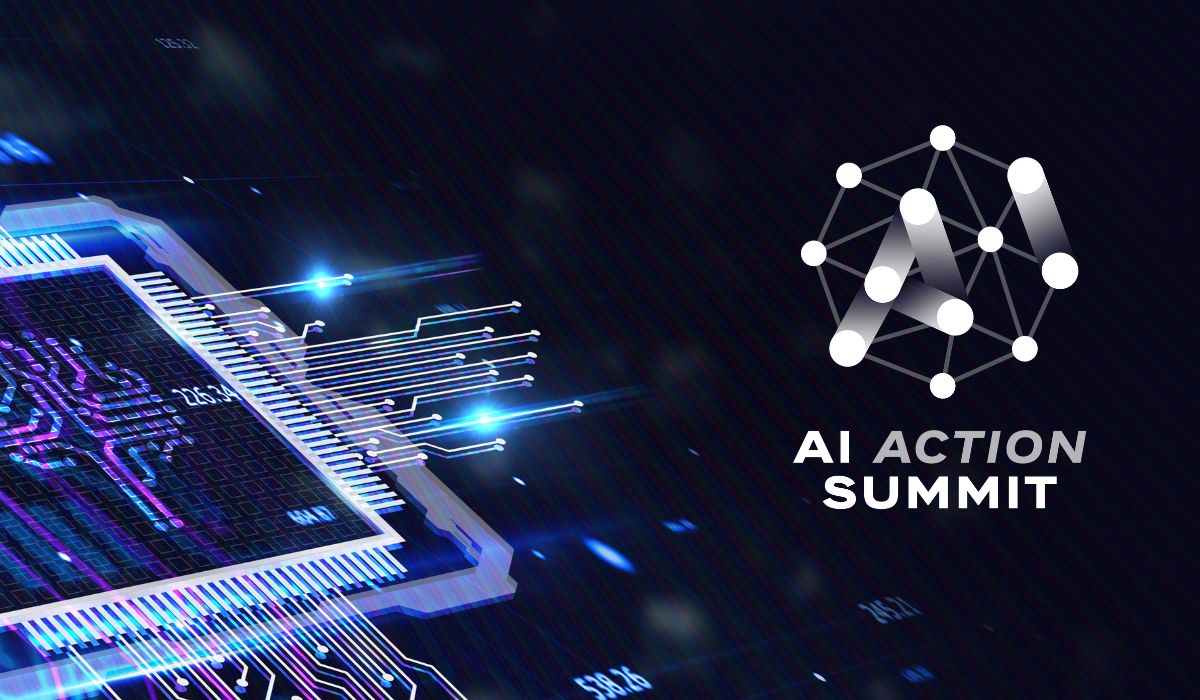

The rapid evolution of AI not only promises efficiency gains in digital infrastructure (such as energy efficient data centers powered by renewables) but also offers innovative pathways to redesign our energy systems.
The Summit opened and closed with significant announcements. President Macron pledged a 109 billion euro investment to drive AI in France over the coming years, while Ursula von der Leyen revealed a 200 billion euro plan to boost Europe’s AI industry—aimed at reinforcing digital sovereignty, ethical frameworks, and economic competitiveness. These strategic investments underscore a vision of AI that is not only innovative but also embedded in public interest and societal benefit.
These massive investments in publicly available infrastructures (like the internet, the Human Genome Project, or CERN before that) should allow scientists and entrepreneurs to come up with emerging and disruptive innovations.
With Indian Prime Minister Modi as co-host the Summit also discussed a global “third way” or approach, which some commentators dubbed a “non-aligned AI movement”—a model distinct from the US or China—for strategic competitiveness in AI for Europe, India or Africa.
Across the Summit and side events, experts offered a rich tapestry of opinions. Researchers like Yann LeCun, Yoshua Bengio, and Geoffrey Hinton weighed in on the nuances between narrow task-focused AI and a broader vision of artificial general intelligence (AGI). Voices such as Stéphane Mallat and Gaël Varoquaux emphasized that while AI presents unprecedented opportunities, it also demands rigorous safeguards. For instance, debates emerged on ensuring human oversight—reflected in documents like the “Paris Declaration on Maintaining Human Control in AI-Enabled Weapon Systems”.
The Science Days organized by the Institut Polytechnique de Paris offered a rich set of presentations by leading academics and researchers. Participants debated the limits of current large language models to the fundamental question of how to ensure human oversight over autonomous systems. Highlights included discussions on:
• The need for new frontier model architectures that go beyond brute force scaling.
• The balance between safety and innovation in deploying AI systems.
• The possibility of achieving AGI without creating fully autonomous, “agentic” systems—a point emphasized by experts like Bengio.
In parallel, diverse opinions from leading thinkers like Michael Jordan underlined that the challenge is not solely technical; it’s also ethical, societal, and economic.
A recurring theme was the balance between risk and opportunity. Many speakers stressed that AI must be guided by robust safety protocols to protect democracy and society. Yet, this same technology holds the promise of addressing urgent challenges—from climate change to healthcare and inequality. As one commentator noted, AI should not merely serve as a stopgap but as a lever for rethinking how we address systemic issues. In the industrial sector, digital twins that integrate physical models with AI—as explained by Bernhard Schölkopf—could be pivotal in tackling the complex problems that have long eluded traditional methods.
AI pioneer Yoshua Bengio endorsed robust regulatory measures. In particular, he supports the General Purpose AI Code of Practice—a set of guidelines aimed at enhancing transparency, safety and accountability. Bengio’s cautious stance raises the question of whether tech giants such as OpenAI or Meta will adopt these practices. In his view, establishing clear rules is critical to mitigating the risks of agentic AI systems.
The Summit kicked off on February 5 when ENGIE hosted the event “Powered by AI: On the Road to the AI Action Summit”—an inspiring session co organized with MIT Club de France and co-hosted by Ludovic Quesnelle, Group VP Digital Transformation & Solutions at ENGIE and Mihir Sarkar, Head of AI at @ENGIE R&I. As a panelist enthusiastically explained, AI has the potential to drive systemic change: “When we address the intersection of AI and energy, it’s not just about powering data centers; it’s about re imagining our entire energy infrastructure to be leaner, greener, and more resilient.” Watch the event replay.
On February 11, Ludovic Quesnelle participated in a panel on “How is AI transforming the economy and organisations?” for the Summit’s Business Day at Station F. There, he emphasized: “At ENGIE, we see AI as not only a transformative tool for efficiency but as a pathway to a greener, more resilient energy infrastructure.”
AI is a tremendous opportunity to drive the energy transition. The rapid evolution of AI not only promises efficiency gains in digital infrastructure (such as energy efficient data centers powered by renewables) but also offers innovative pathways to redesign our energy systems. For example, intelligent control systems can optimize data center loads and integrate renewable energy sources more dynamically.
With the dual push for sustainable AI and renewable energy investments we see a future where our energy systems are both greener and smarter. How about a “third way” for energy: one that favors renewable energy and smart storage over traditional fossil fuels or nuclear power?
True to its name, the AI Action Summit was a call to action for all stakeholders in technology, policy and industry. At ENGIE, we’re excited to be part of this conversation, exploring how AI can power a sustainable energy future and solve the world’s most pressing challenges.